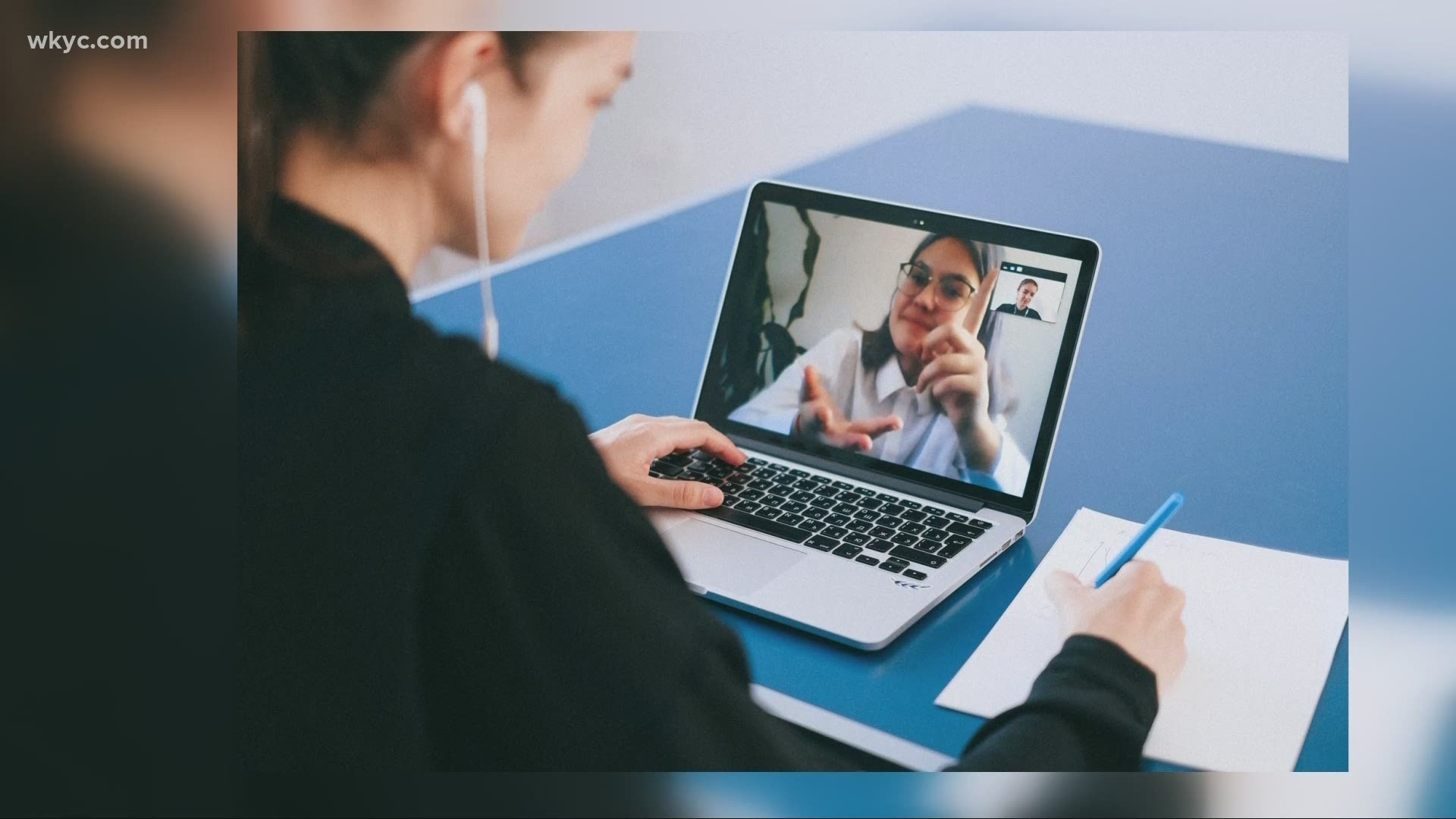CLEVELAND — Jasmine (doesn’t want her last name used) spent the beginning of 2020 trying to kick an alcohol addiction. But when the pandemic shutdown hit, so did the isolation, and she and so many others got off track.
Eventually, she found her way back to the Women's Recovery Center of Greater Cleveland, but this time, her link was through a computer.
"I am now six months clean, and I've achieved the support and resources I need to continue a life of sobriety," Jasmine told 3News.
The Women's Recovery Center had just opened their updated facility that could take in 120 clients in January of 2020. The pandemic forced them to transition programs to remote services, but they stayed open for those who couldn't access telehealth.
What they found is that telehealth removed barriers, such as transportation and child care. Jasmine doesn't drive right now and her son was going to school virtually, too.
"I feel like I have achieved a lot because I'm able to be at home with my son and focus on him as well as focus on myself," she said.
Executive Director Ashley Yassall says the remote treatment has helped many this way.
"He can be at school and she can be on Zoom treatments in the morning," Yassall said. "That is magical."
Another benefit? Telehealth expanded their reach.
"Now we're able to reach women in Medina, Ashtabula, Lorain County very easily," Yassall said.
It wasn't an easy adjustment, but a year later, they've learned that virtual recovery programs may be an answer to keeping many on track. It's an option that will stay.
"Just get yourself on a good schedule and know that this is just as important as being there in-person," Jasmine said.

